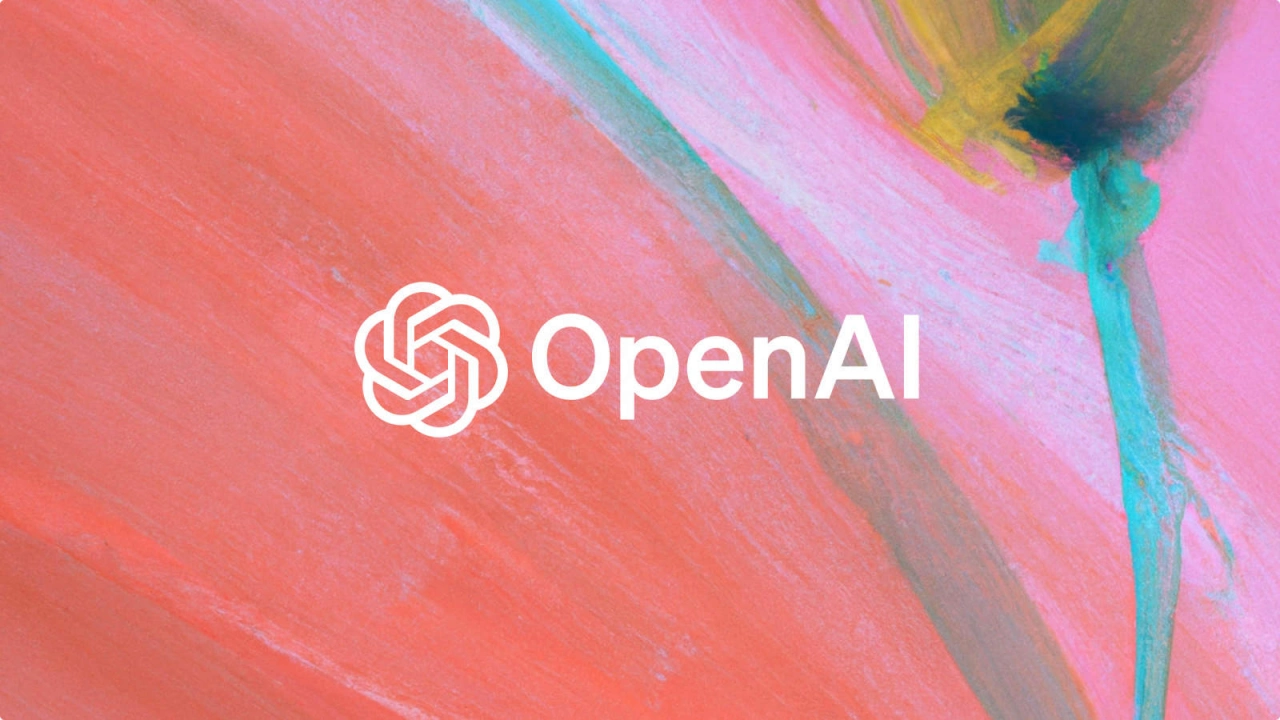OpenAI’s next mass-market artificial intelligence model is upgrading less than prior ones reported The Information, suggesting the generative AI market could be nearing a cyclicality. OpenAI Orion is the next flagship AI model, which is under development.
OpenAI Orion AI Model
The future version called Orion was not much better than GPT-4, according to the information, which spoke with some coders who had tried or experimented with the model the maker of ChatGPT had created. The increase in the generative number of passages from OpenAI Orion has been lesser compared to the flip from GPT-3 to GPT-4, particularly in coding areas, the report stated.
It rekindles a discussion on whether one can create more sophisticated models and AI, scaling laws that define how the latter enhances. OpenAI researchers postulate that the lack of adequate, high-quality data to train the model is one of the factors that led to the reduced progress. The majority of the available texts and data have been exhausted. In response, OpenAI created a “Foundations Team” led by Nick Ryder.
OpenAI Orion Data Unavailability and Performance Lag
It also said that overall quality improvements between GPT-4 and Orion are much less than between GPT-3 and GPT-4. This is a worrying sign; nonetheless, the trend is also being noticed in other recently released AI models by competitors like Anthropic and Mistral.
For instance, OpenAI Orion passed through the GPT-4 level of proficiency after it had done only a quarter of its training. Still, this might look impressive, though it should be mentioned that the primary leaps are usually observed during the primary phases of training AI models.
The remaining 80% of training is not expected to lead to these sorts of breakthroughs, leading to the conclusion that Orion may not outstrip GPT-4 by a large margin.
Still, OpenAI and the overall AI industry are facing one of the main problems—the scarcity of high-quality data for training. AI venture research conducted in June shows that the firms will run out of public human-generated text information between 2026 and 2032. In this regard, traditional development approaches remain scarce, and this is a crucial turning point that OpenAI had to look to other ways.
Initial results show that OpenAI Orion is somewhat more effective in language-based tasks and yet may not necessarily be more proficient in the next stage, such as coding. This uneven performance across different domains can make one question just how good the currently proposed model is and what its implications for the general development of AI systems would be.
This is because the benchmark scores of Claude 3.5 Sonnet reveal that the quality jump is existent but incremental with each new foundation model. However, competitors have largely avoided the attention by focusing on new capabilities such as agentic AI.
Challenges in the AI industry
The problems that occurred in the case of OpenAI Orion are not peculiar only to this company but are general to the AI market. Although the stagnation seems to be particularly visible in the development of LLMs with OpenAI, there is some indication that the same slowdown might affect the entire industry.
These changes could provoke a profound impact on the further development of AI research and design. The industry might then have to switch to how to enhance the models after a training process, which might give a different scale law.
